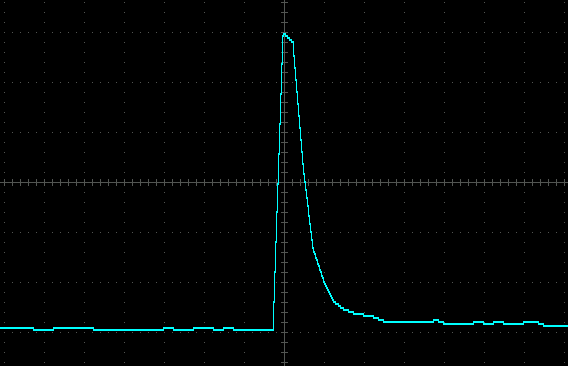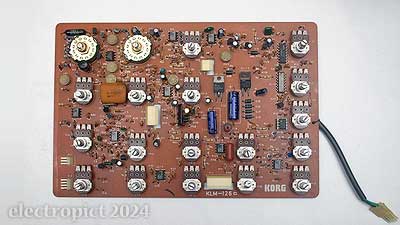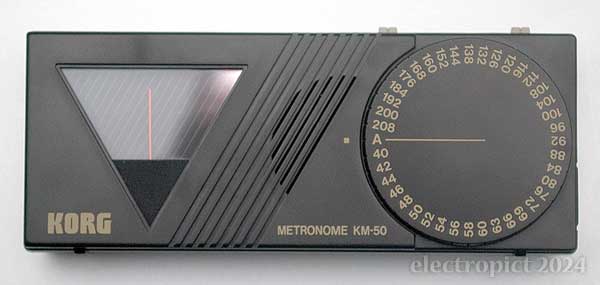Erica EDU SEQ notes
Posted under Musical Technology at . Last updated 2024-09-17 21:43.
I got this, ready built, because I needed a simple switching function for another Eurorack module and it was being sold cheaper than any actual switching module or combination that should do it, and hey another sequencer will always be handy. So here’s some notes:
- There’s no start / stop button(s) or input(s). It can be stopped by plugging a dummy plug into the clock input but that’s yer lot. This seriously restricts its utility because you can’t easily get it to work in sync with other devices or even start it manually at a desired time. (But it occurs to me that you could mount a switch on the end of a dummy plug?)
- The sequencer doesn’t seem to respond to V‑Trig signals at the clock input in the way I’d like; that is, it resets to 0V but most input sources I use start high. Inverting the input fixes that, but it then starts out of step so anything it’s controlling may need to be reset to the previous step.
- The clock input is a bit finicky in other ways; not all clock signals will drive it; perhaps it needs a slightly higher voltage. The Doepfer dividers manage it, some other modules don’t. (This is independent of polarity.)
- Sometimes it steps the outputs without stepping the LEDs but I haven’t worked out how that was happening, and by the time I got it to work it wasn’t happening any more.
- There is a manual available from Erica but it’s a build-it manual and is very short on actual functional description of the finished module, so all the above points had to be worked out slowly and uncertainly rather than just read, and remain a little tentative.
With that worked out, it’s doing the job as intended but if I’m going to use it for the usual range of purposes one might use a sequencer, a useful mod might be to put a switch on the internal clock signal. And a reset switch to start it high if need be. For the time being I’m using an external inverter on the input.
(Update, 2024-09-17:) One other unexpected detail that’s causing confusion is that it seems somehow to be passing an extra pulse through to GATE OUT from CLK IN at the end of an active step. In other words, either an active switch appears to produce a trigger pulse at the start and end of the step, or, since it happens at the end of any sequence of active gates too, the subsequent inactive switch also produces a pulse. This does not happen when driven by the internal clock. For current purposes this is kind of useful if you know it’s there but I can see it being a problem otherwise.
Further investigation shows something about the nature of the issue. The connected devices (sequential switches) return to state 1 (out of 2) under specific conditions. They don’t respond in that way to either the Erica’s internal clock (GATE OUT with no input), or to the direct input signal (which as you may recall is inverted), nor to the pre-inversion signal, nor to the signals as passed through the Erica’s CLK OUT socket, nor to its GATE OUT when the input is not inverted. I should note that all this still obtains when the output devices have nothing connected other than the various step inputs tested.
After much confusion I was finally able to find the output pulse with the oscilloscope. This is 6V high and about 2µs wide at the top. Enough to trigger most output devices. (Though not all.) It is produced when a new input step occurs, but only if the next gate switch is off.


So it’s a combination of the NOT gate (Doepfer A166) and the Erica. I imagine this is to do with different response times in different devices’ components.


